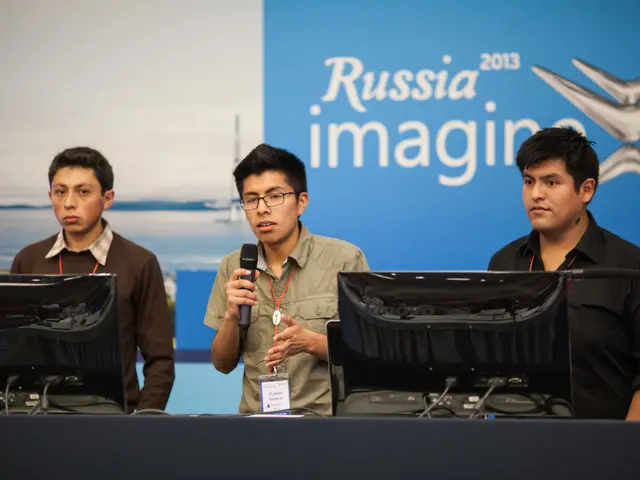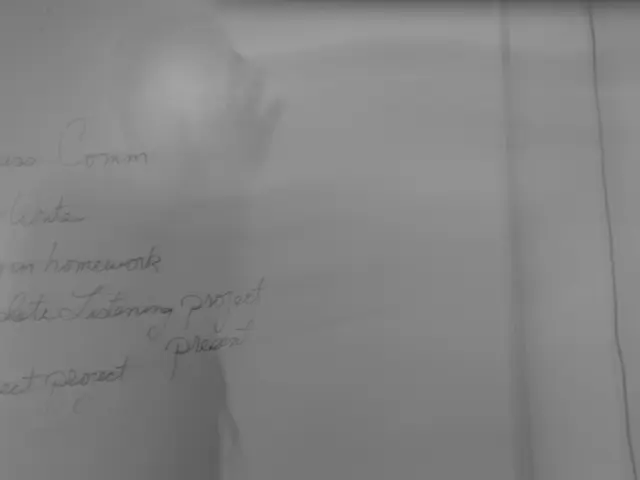Navigating Legal Regulations for Seafaring and Cultural Preservation
In the depths of the world's oceans, a treasure trove of historical, archaeological, and cultural value awaits discovery. This is the realm of submerged cultural resources, a vital aspect of maritime law and cultural heritage. The preservation of artifacts, shipwrecks, and underwater sites is essential in safeguarding our past for future generations.
Underwater archaeology serves as the primary method for studying and preserving these resources. Utilising advanced sonar technology and remotely operated vehicles, underwater archaeologists delve into the past, uncovering stories that would otherwise remain untold.
However, the preservation of underwater cultural resources faces a significant challenge: effective collaboration among nations. With each nation having its own laws and regulations, coordinating efforts to protect these resources can be a daunting task.
The legal framework surrounding maritime cultural heritage is a complex web of international treaties, national laws, and guidelines. The UNESCO Convention on the Protection of the Underwater Cultural Heritage, the International Maritime Organization (IMO) regulations like the International Safety Management (ISM) Code, and regional frameworks like the EU Ship Recycling Regulation and the Hong Kong International Convention for the Safe and Environmentally Sound Recycling of Ships are just a few examples.
These efforts are anchored in international treaties such as the UNESCO Convention 2001 and IMO regulations, aiming to protect submerged archaeological resources. Advanced underwater exploration tools have led to an increase in illicit activities such as treasure hunting, making the enforcement of these laws even more crucial.
The ambiguity of jurisdiction in international waters complicates the enforcement of maritime law concerning cultural heritage. The UNESCO Convention on the Means of Prohibiting and Preventing the Illicit Import, Export, and Transfer of Ownership of Cultural Property highlights the importance of maritime jurisdiction in protecting submerged cultural heritage.
The recovery of significant shipwrecks, such as the USS Monitor, the 1715 Spanish Plate Fleet off the coast of Florida, and the Titanic, underscores the importance of responsible archaeology in preserving historical significance while adhering to legal frameworks protecting cultural heritage.
The Australian government's intervention to protect the HMAS Sydney wreck underscores the commitment to preserving cultural narratives linked with maritime history. The Antikythera Shipwreck recovery enhanced our understanding of ancient maritime culture, while the recovery of the Titanic wreck highlights complexities in maritime law and cultural heritage.
Responsible recovery techniques play an essential role in the preservation process. Careful planning and execution to minimise disruption to the surrounding environment and context of the resources are key.
Despite these efforts, insufficient funding and resources hinder enforcement efforts to protect maritime cultural heritage. The integration of underwater archaeology with maritime law ensures that underwater cultural resources are protected by legal frameworks, establishing responsibilities for artifact recovery and preservation, and guiding archaeologists and stakeholders in ethical practices.
In conclusion, the intersection of maritime law and cultural heritage elevates the protection and preservation of submerged and coastal cultural resources. As we continue to explore the depths of our oceans, it is crucial that we do so responsibly, ensuring that these valuable resources are preserved for future generations to appreciate and learn from.







